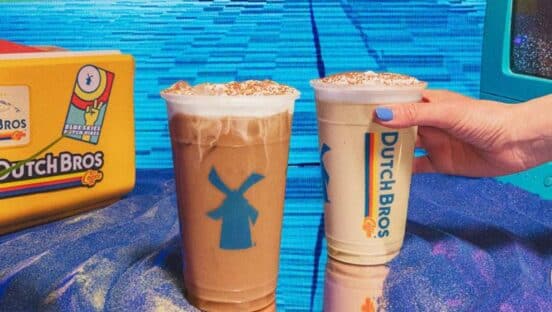Inflation hit the restaurant industry hard. Coming on the heels the pandemic shutdown, many brands that were already struggling had to adjust for rising food prices and employee wages. And guests take these changes hard.
This inflationary pressure takes its toll on loyalty programs as well. Our data shows that the redemption rate has been creeping up.
When we looked at the role of inflation in our Online Ordering Report 2023, we found that basket size remained constant while prices rose. In other words, people keep ordering similar things even though they cost more. But along the way the redemption rate has also risen, so that rewards end up costing the brands more than before. We saw this reflected in our Loyalty Report 2022, as check sizes in both restaurants and convenience stores rose right along the inflation rate.
The challenge, however, is that the price adjustments brands make during periods of inflation often change the calculations used to design their overall programs. We’ve seen a lot of this happening over the last year.
Starbucks went through a major revamp in which the coffee giant required people to spend more to reach their rewards. Its archrival Dunkin did something similar. We’ve also seen it here, with changes coming to programs like Dutch Bros and Caribou Coffee.
Reasons for right sizing a loyalty program vary, but a major factor is your discount percentage. That is, through your points program or any type of giveaway, what percentage are you offering as a reward?
As a broad metric, we recommend that brands discount between 7 and 8 percent of spend. So if a program requires a guest to spend $40 for a reward, then the reward should be around a $3 value. But if inflation changed the pricing, then the entire program may be out of whack. Other factors may drive the need for rightsizing a program, like changes in menu offerings that happen over time.
How brands right size can vary. Client Dutch Bros recently rightsized its program by adjusting it to focus on individual experiences. “We now have the ability to provide a more one-on-one experience based on a customer’s wants, needs, and habits. We believe our customers can now see how we are reinvesting in the program,” president Christne Barone told investors recently.
Caribou Coffee made some adjustments by offering dairy-free and plant-based milks, for no extra charge, to loyalty members who order through the app. According to a press release, 20 percent of Caribou guests choose oat milk or almond milk, and a recent promotion offering the no-charge option to all guests proved successful.
Late in 2022 Dunkin changed its program to be about bankable points, giving guests more choice, but also changing the way that they could earn big rewards. The result was backlash that echoed through the media.
This is a key factor that holds some brands back from making much-needed changes. The backlash is real, it can’t be ignored, but it also tends to be short-lived and clients find great success on the other side, especially if you’ve designed a good program. In the case of Dunkin, even as people were complaining in public the company reported that the first week of the new program saw one of their biggest loyalty sales increases ever. Since then it continues to grow, with CMO Jill McVicar Nelson recently saying that the program has grown by 4 million members.
Dutch Bros saw something similar, noting in a recent earnings call that after right sizing its program, it saw growth with 65 percent of transactions now coming from rewards members.
Ultimately, when and how to change the program differs by brand and concept, and not every change needs to be as dramatic as a full revamp. Still, with inflation on the march, it’s worth it to do a check in, just to make sure everything is in order.
Kristin Lynch is Director of Restaurant Strategy for Paytronix Systems (www.Paytronix.com), the leader in guest engagement for restaurants and convenience stores. She has more than 20 years’ experience managing large CPG and retail brands in marketing and brand strategy. Kristin was previously Vice President with Round Table Pizza and Director of Marketing for well-known brands such as Thorntons, Pyrex, and Craftsman Tools.












